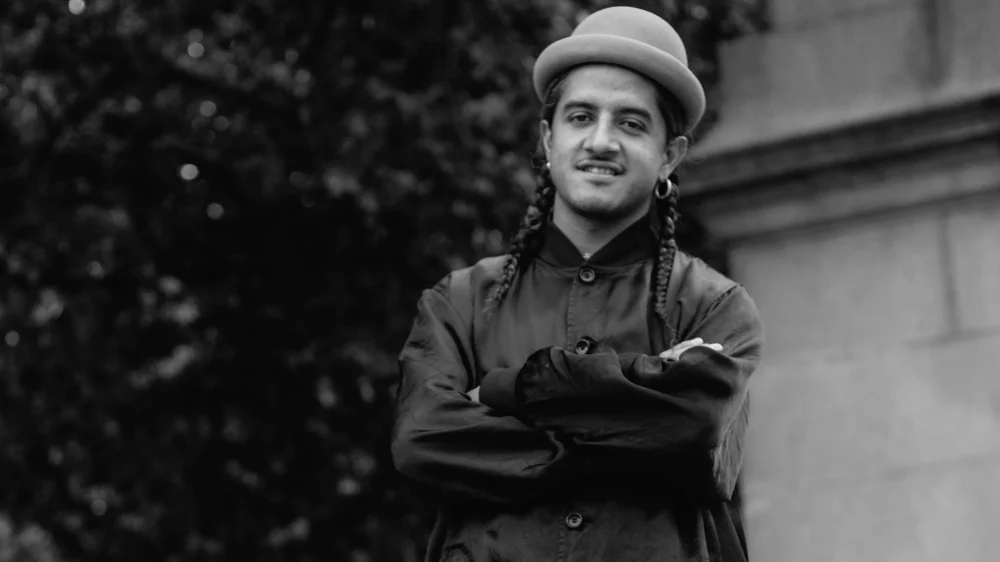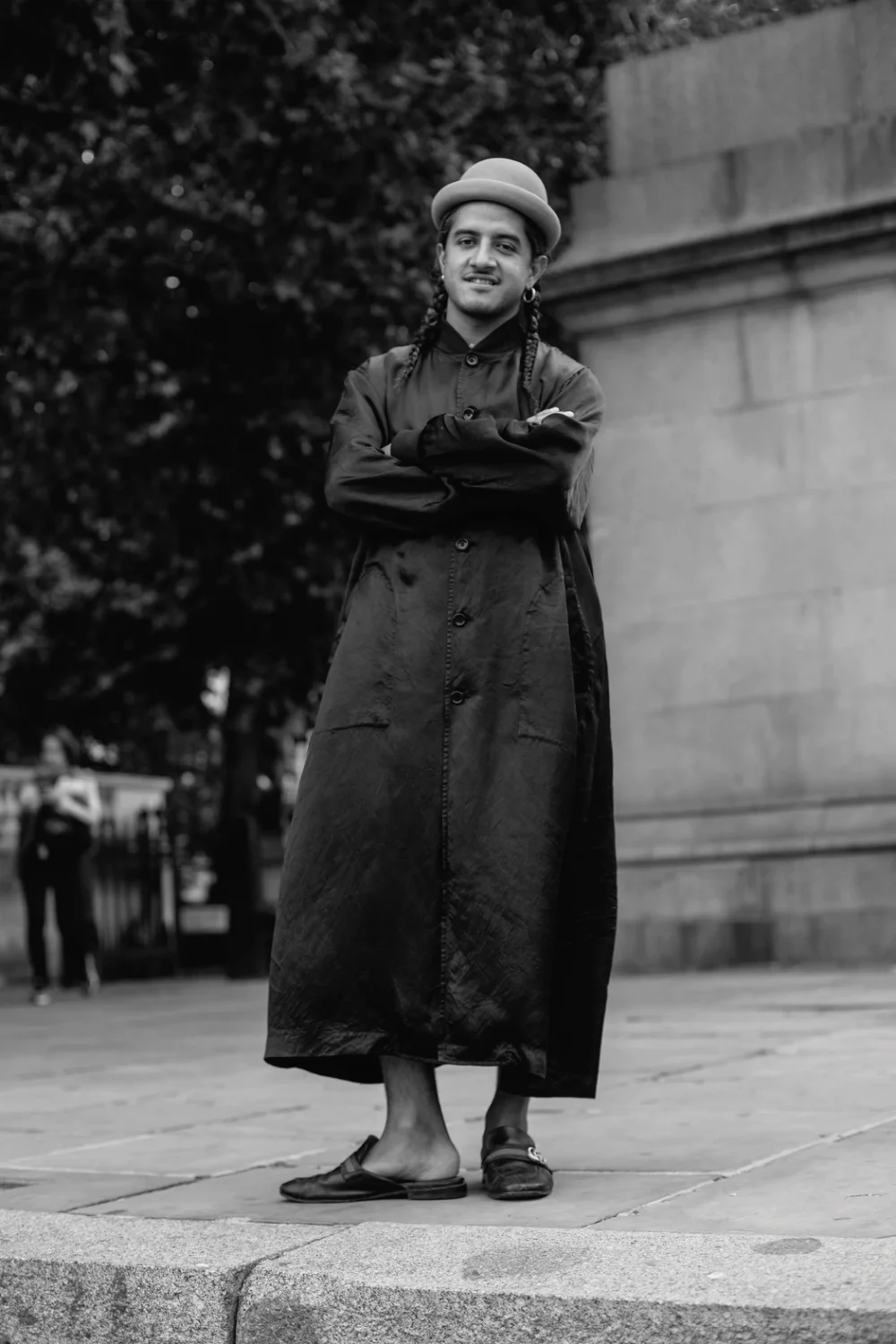
- Source: I-D
- Author: Clementine de Pressigny
- Date: APRIL 5, 2018
- Format: ONLINE
raúl de nieves makes kaleidoscopic sculptures from plastic beads
The Mexico-born artist talks learning to find power in failure.

The aftermath of a blizzard is piled up outside Raúl de Nieves’s studio, located in the basement of The Dreamhouse, a queer art and music space in NYC. When we speak on the phone the artist is busy preparing for an upcoming exhibition in Mexico, his country of birth, which he left for the US at nine-years-old. It will also be Raúl’s first exhibition in the country, and he’s excited about it. “I hope that this really brings me closer to my country and that I have more opportunities to show in Mexico, it’s one of my goals, to go back and learn again from the artisans that I grew up seeing and finding inspiration from my home.”
Raúl started in punk bands, moved into performance, and then began making objects. He creates elaborate kaleidoscopic sculptures and costumes that require deft handiwork and endless patience. They’re made from thousands of plastic craft store beads, tape, glue and paper. Not that you’d know it — his lauded 2017 Whitney Biennale piece looked like huge large stained glass windows. His work feels alive, anthropomorphic sculptures frozen in mid movement, ready to unleash their energy on the world. His work is subversively optimistic. “We choose different ways of struggling with these ideas, but my art practice have given me the hope that I should never give up on anything.”
He learned craft skills as a kid at school in Mexico, didn’t go to art school, and is largely self-taught. “I’ve had a lot of teachers come into my life, and working on that sculpture for seven years was a form of school.” He talking about Day(Ves) of Wonder, or Dave for short, a child-sized sculpture that was his first major undertaking of the kind. “Having something take you that long is really interesting, all the stages that you go through. When I had the failure process to go through it was intimidating, I wanted to give up but every time I did it would make me feel as if I wasn’t truly following my instinct and learning from the experiences of where it was failing.”

Photography Christian Cassiel
This article originally appeared on i-D UK.

